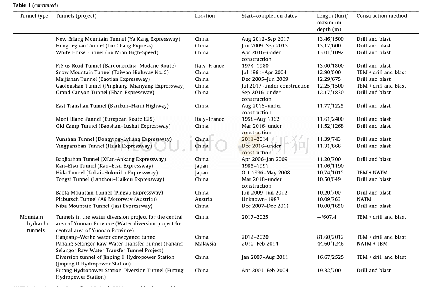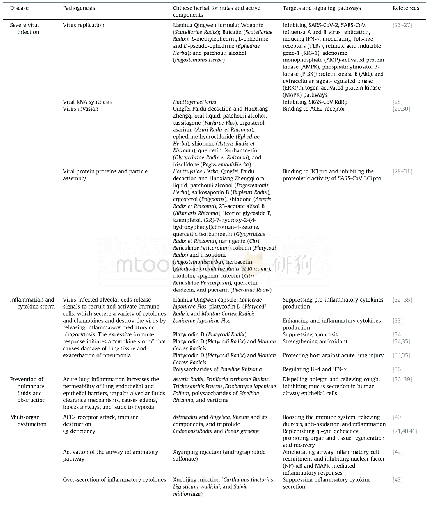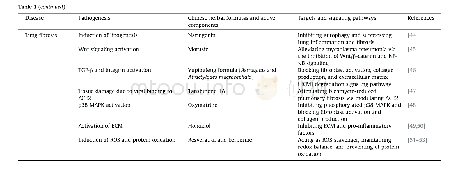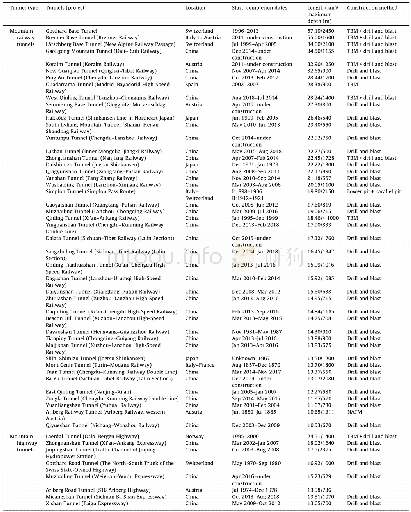《Table 1Summary of major ultra-long and ultra-deep mountain tunnels(built/under construction).》
Initial geostress is one of the most important features that distinguishes rock mass from other materials.The geostress increases with the depth of the tunnel.A high-geostress environment(with a maximum principal stress of σ1>20 MPa,or a strength–stressratio of the intact rock of S0=Rc/σ1<7)significantly affects the pressure,deformation,and stability of the surrounding rock mass of ultra-deep tunnels,and can induce disasters such as rockburst and large deformation.For example,the diversion tunnel of the Jinping II Hydropower Station has a maximum depth of 2525 m,and 75%of the tunnel exceeds 1500 m.The measured maximum principal stress r1is 46 MPa,and the strength–stress ratio S0of the rock mass is approximately 2.13.More than 700 rockbursts occurred during construction;in particular,an extremely strong rockburst occurred on 28 November 2009,in which the support system was completely damaged within a 28 m section along the tunnel axis.The tunnel boring machine(TBM)was permanently buried by collapsed rock,causing tragic casualties.Another significant example is the Muzhailing Tunnel of the Lanzhou–Chongqing Railway.The tunnel is 19.02 km long and its maximum depth is about 715 m.The measured maximum principal stress is27.16 MPa,and the strength–stress ratio of the rock mass is 2.13.The core section of the slate/carbonaceous slate stratum ridge that the tunnel passes through is 2000 m deep.During construction,the large extrusion deformation was significant,and the lining structure was seriously damaged.
| 图表编号 | XD0087977600 严禁用于非法目的 |
|---|---|
| 绘制时间 | 2019.06.01 |
| 作者 | 朱合华、严金秀、梁文灏 |
| 绘制单位 | College of Civil Engineering, Tongji University、China Railway Academy Co., Ltd.、China Railway Construction Co., Ltd. |
| 更多格式 | 高清、无水印(增值服务) |
 提示:宽带有限、当前游客访问压缩模式
提示:宽带有限、当前游客访问压缩模式





